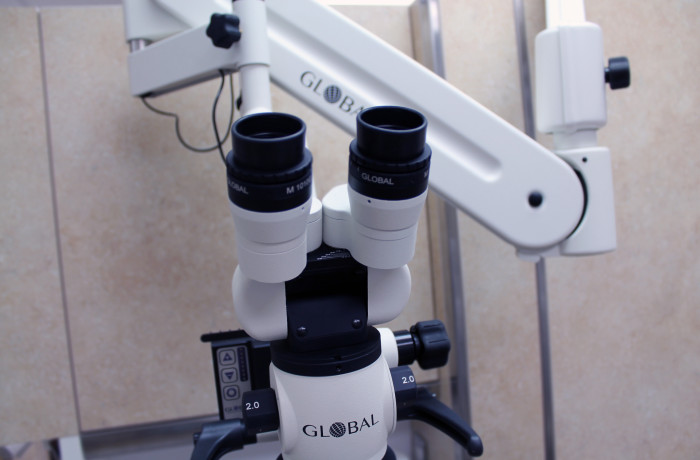What is endodontic treatment?
“Endo” is the Greek word for “inside” and “odont” is Greek for “tooth.” Endodontic treatment involves the inside of the tooth. To understand endodontic treatment, it helps to know something about the anatomy of the tooth. Inside the tooth, under the white enamel and a hard layer called the dentin, is a soft tissue called the pulp. The pulp contains blood vessels, nerves and connective tissue, and creates the surrounding hard tissues of the tooth during development.
The pulp extends from the crown of the tooth to the tip of the roots where it connects to the tissues surrounding the root. The pulp is important during a tooth’s growth and development. However, once a tooth is fully mature it can survive without the pulp, because the tooth continues to be nourished by the tissues surrounding it.
How is a root canal performed?
The injured pulp is removed and the root canal system is thoroughly cleaned and sealed. This therapy involves local anesthesia and the use of a rubber dam. It may be completed in one or more visits depending on the treatment required. Success for this type of treatment occurs in about 90% of cases. If your tooth is not amenable to endodontic treatment or the chance of success is unfavorable, you will be informed at the time of consultation or if an unforeseen complication becomes evident during or after treatment. We use local anesthesia to ensure a pain-free procedure. You will be able to drive home after your treatment, and will most likely be comfortable returning to your normal routine.
What happens after treatment?
When your root canal therapy has been completed, a record of your treatment will be sent to your restorative dentist. You should contact their office for a follow-up restoration within a few weeks of completion at our office. Your restorative dentist will decide on what type of restoration is necessary to protect your tooth. In certain cases you may be requested to return to our office in 6 months or 1 year for a follow-up examination. This is to evaluate your tooth for healing.





